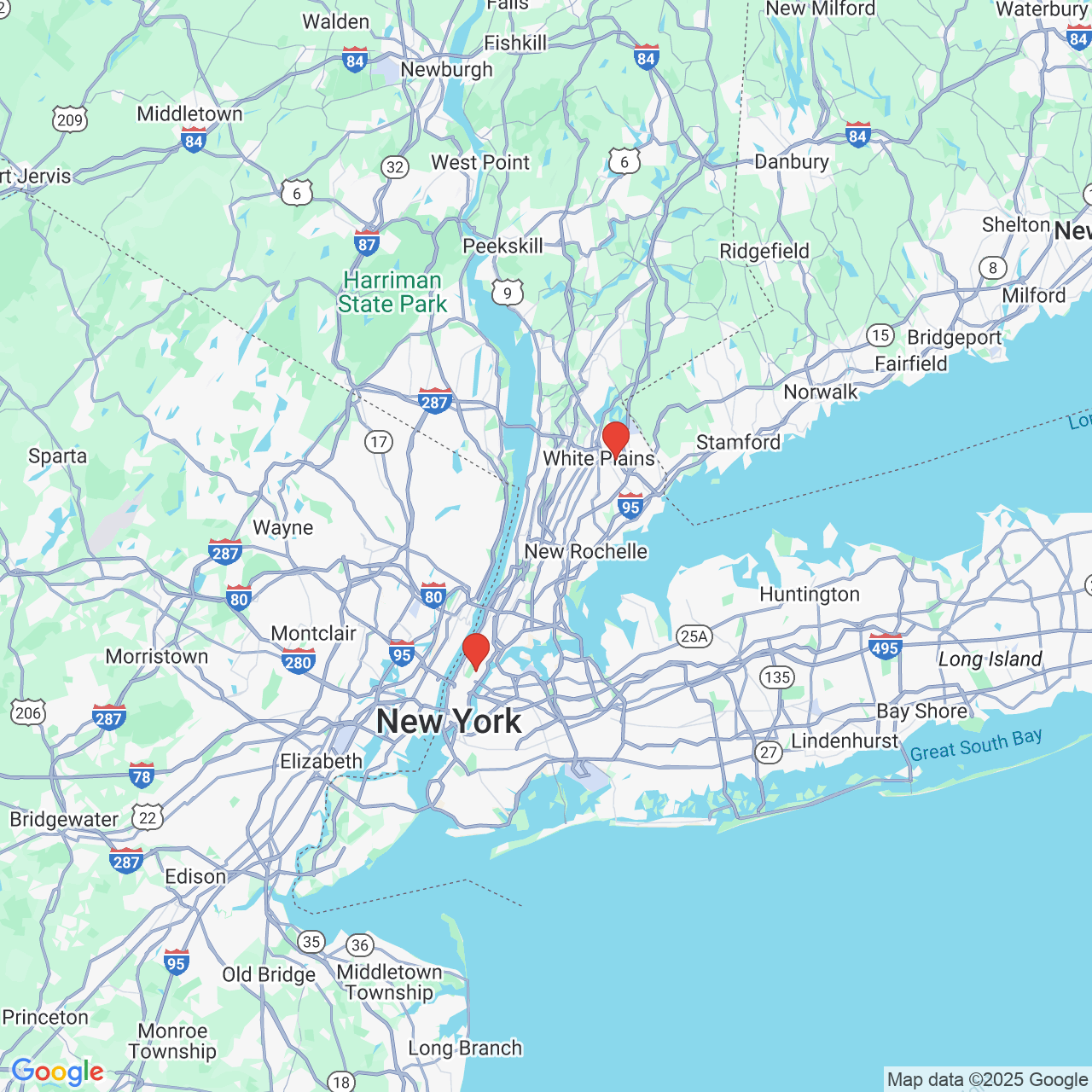Breast Implant Associated Anaplastic Large Cell Lymphoma BIA-ALCL
 Recently, there has been a significant amount of media coverage regarding breast implants and a rare lymphoma that has been found in extremely rare cases called “BIA-ALCL” or Breast Implant Associated Anaplastic Large Cell Lymphoma. Many patients have been calling the office or coming in for visits to find out more information about this complicated issue.
Recently, there has been a significant amount of media coverage regarding breast implants and a rare lymphoma that has been found in extremely rare cases called “BIA-ALCL” or Breast Implant Associated Anaplastic Large Cell Lymphoma. Many patients have been calling the office or coming in for visits to find out more information about this complicated issue.
Breast implant-associated anaplastic large cell lymphoma (BIA-ALCL) is a rare type of lymphoma that can develop in the scar capsule around either saline or silicone breast implants. BIA-ALCL is not a cancer of the breast tissue itself. It is not specific to saline or silicone implants and can occur in cosmetic as well as reconstructive patients. There seems to be a relationship between BIA-ALCL and textured breast implants. It is currently believed that all cases of BIA-ALCL have presented in woman who have had a textured implant at one point in time but this too is still under investigation.
A textured implant is a breast implant that has been manufactured with a rough exterior shell that prevents is from rotating around the pocket in the body. Textured implants are not new and have been used for decades. Both silicone and saline implants can come with a textured surface. The alternative to a textured surface is a smooth surface. Most implants that are anatomically shaped or “tear drop” shaped are textured, however round implants can be textured as well.
The family of ALCL is a rare cancer of the immune system, which can occur anywhere in the body. The US FDA estimates the total known number of cases of BIA-ALCL to be only 450-550 and because it is so rare it is currently estimated that the lifetime risk of BIA-ALCL is only between 1:1,000 to 1: 30,000 for women with textured breast implants.
BIA-ALCL is a highly treatable usually involves a late onset of swelling of the breast at an average of 3 to 14 years after the initial breast implant operation. Most cases were cured by removal of the implant and the capsule surrounding the implant; however, rare cases have required chemotherapy and/or radiation therapy for treatment. Patients with breast implants should be followed by a surgeon over time and seek professional care for implant-related symptoms such as pain, lumps, swelling, or asymmetry. Patients should monitor their breast implants with routine breast self-exams and follow standard medical recommendations for imaging (e.g. Mammography, Ultrasound, MRI). The majority of patients present as a delayed seroma (fluid collection), but also present with symptoms of mass, skin rash, fever and night sweats, and enlarged lymph nodes. Currently, if there is a suspicion of BIA-ALCL, the tests and procedures to diagnosis this could include obtaining breast fluid or tissue for pathology and laboratory evaluation, surgery to remove the scar capsule around the breast implant, implant removal, or implant replacement. Mammograms are not helpful for evaluating lymphoma but are important for the routine screening for breast cancer.
The most important things to remember is:
- This illness is extremely rare and highly treatable. Most plastic surgeons have never treated a patient with ALCL because of how rare it is.
- Breast Implant reconstruction after mastectomy remains the most common type of reconstruction in the United States.
- It is important to remember that the lifetime risk of breast cancer is 1 out of every 8 women whereas the risk of BIA-ALCL is somewhere between 1:1000 – 1; 30,000.
- No one (neither the FDA, the National Institute of Medicine, the National Cancer Institute, the implant device manufacturers or the national physician societies) are currently recommending the prophylactic removal of breast implants in order to prevent BIA-ALCL because of how rare it is.
- The FDA recommends MRI to rule out ruptured silicone implants (which is not known to be related to BIA-ALCL) every 2 years
- The most common complications of breast implants are not related to BIA-ALCL at all and they include capsule contracture (hardening of the implant), Implant rupture (leaking), implant infection, asymmetry, malposition and any of these may require revision surgery.
- The federal government mandates that revision surgery to correct problems with breast reconstruction is covered by insurance.
- Natural Tissue reconstruction (Autologous Reconstruction) can be used as an alternative to breast implants in most woman who have had breast reconstruction in the past with implants.
- For more information: visit www.plasticsurgery.org/alcl or search "ALCL" on RADAR.


